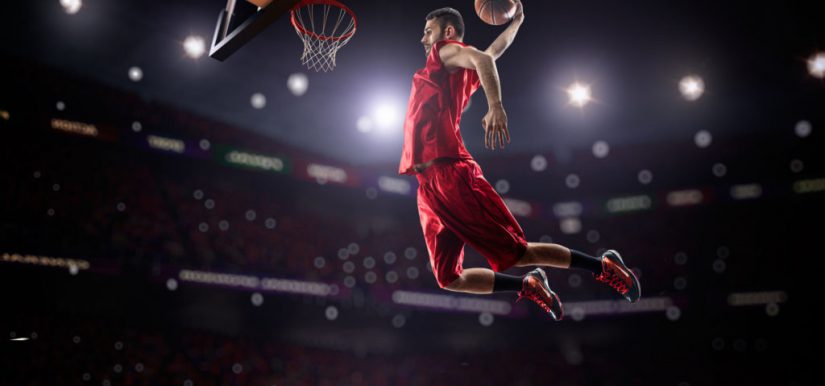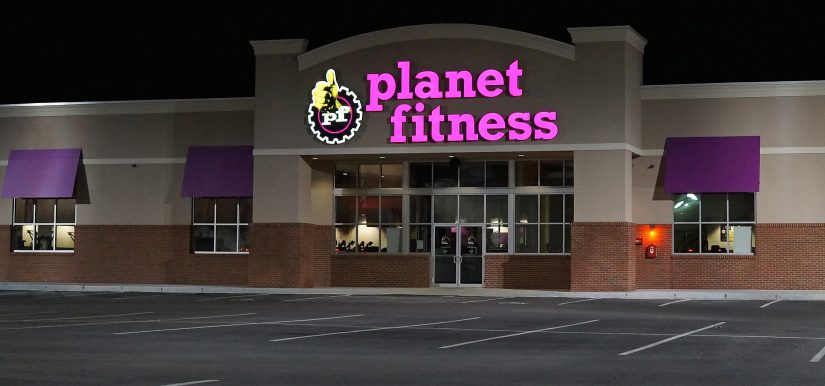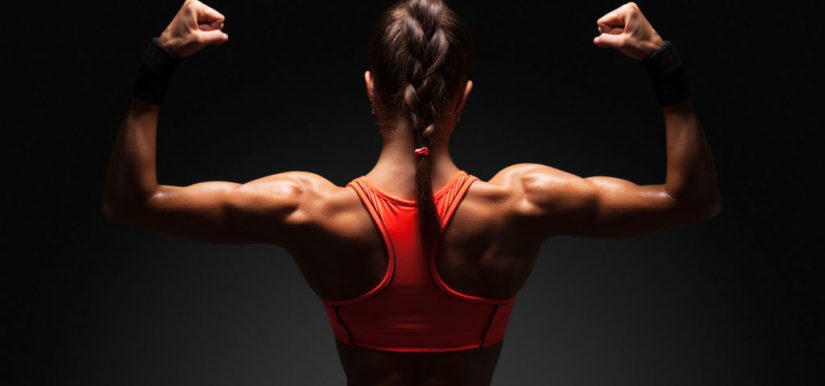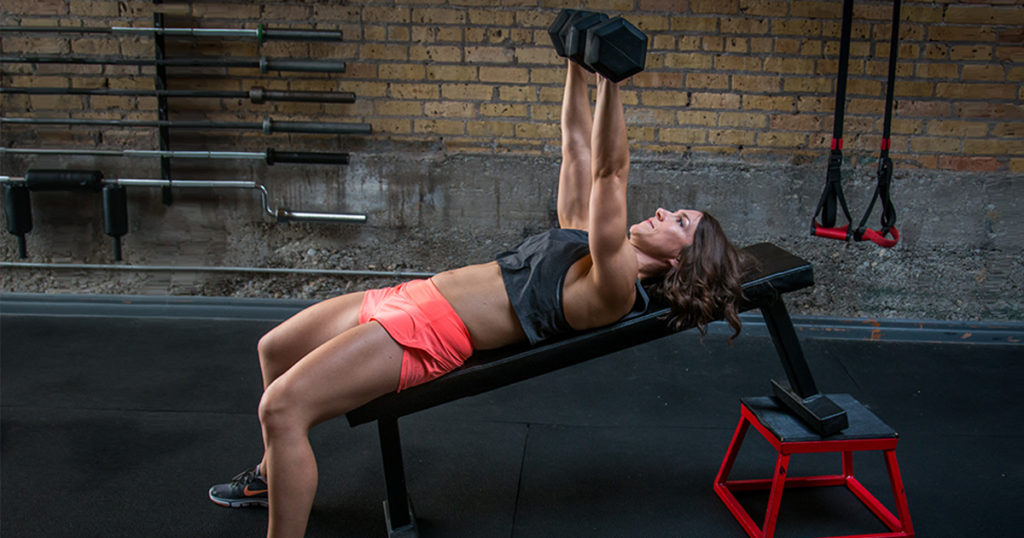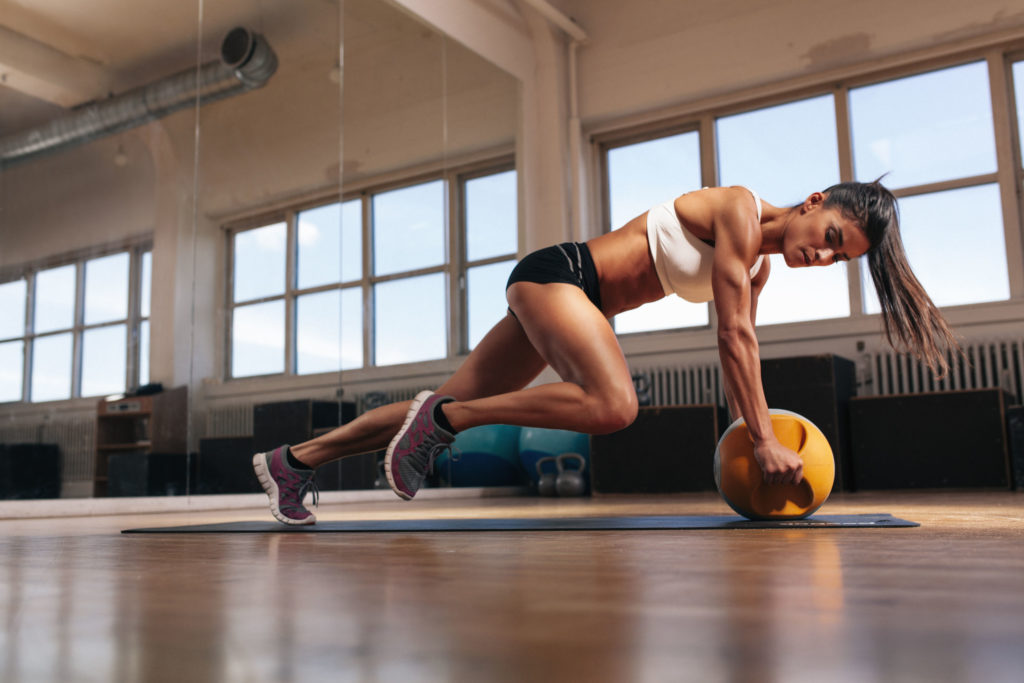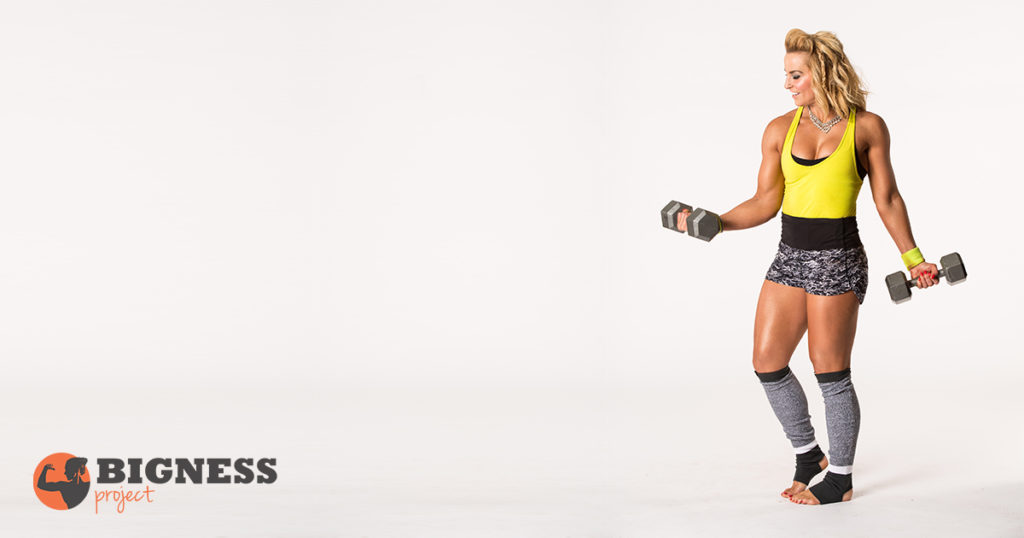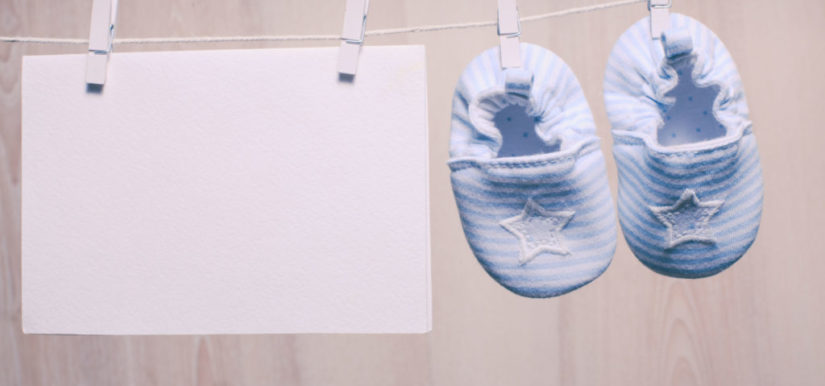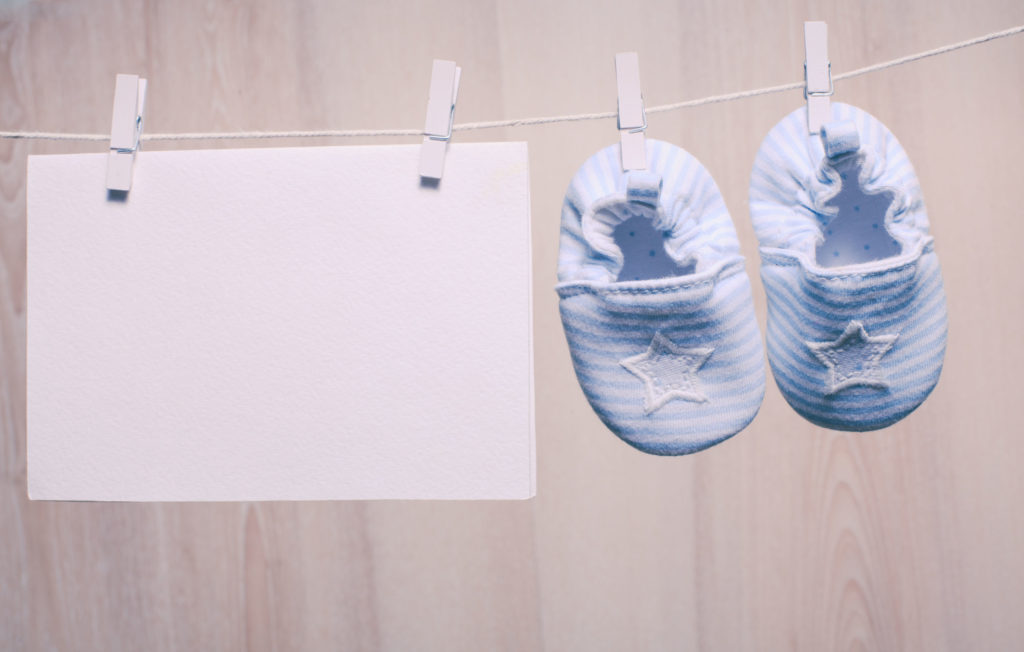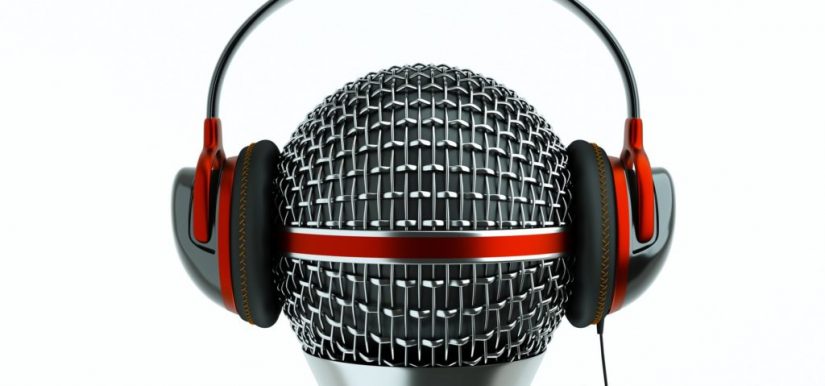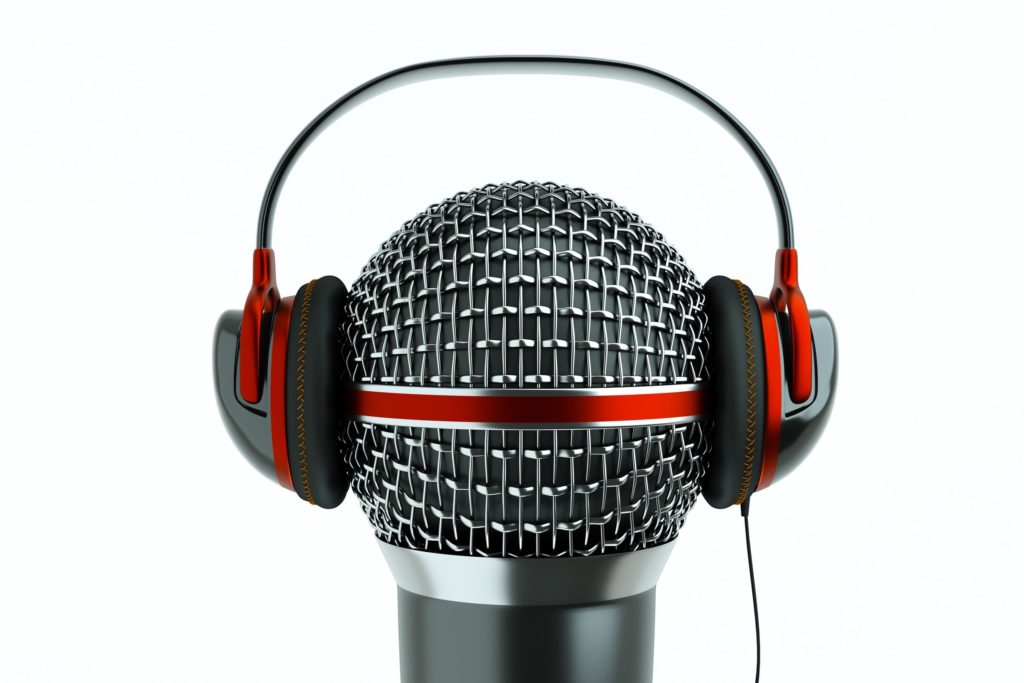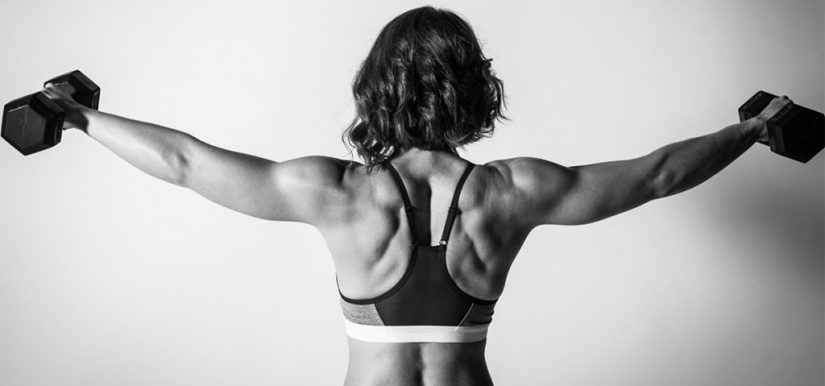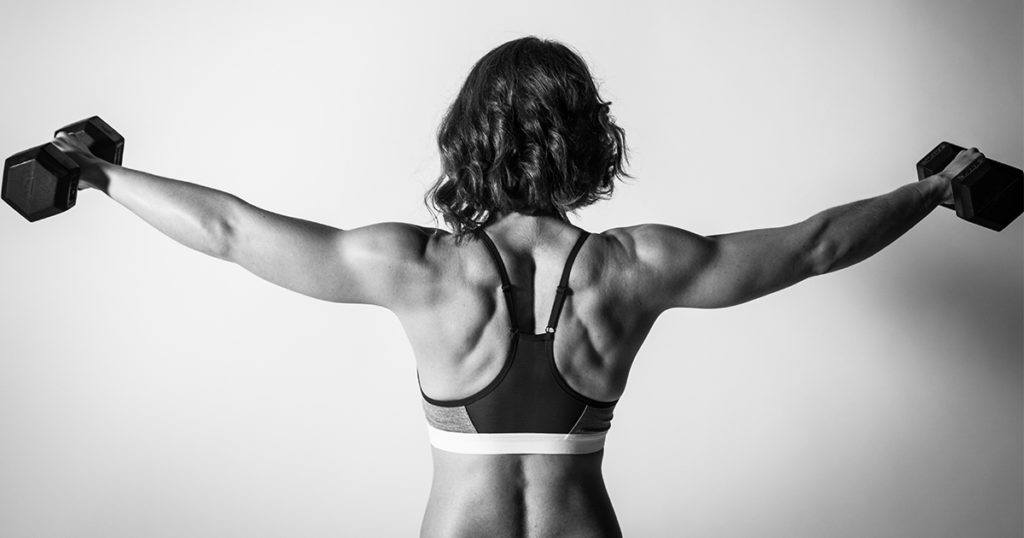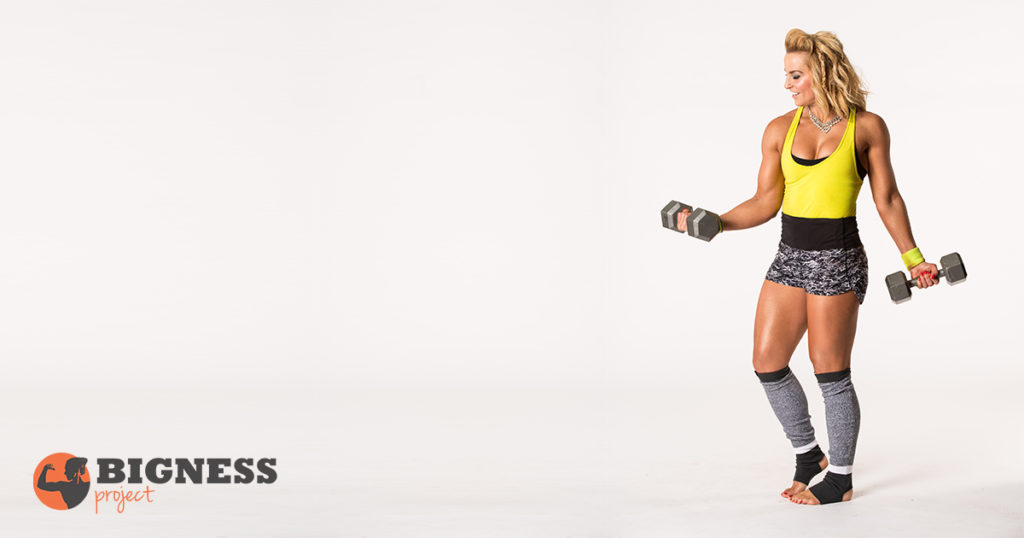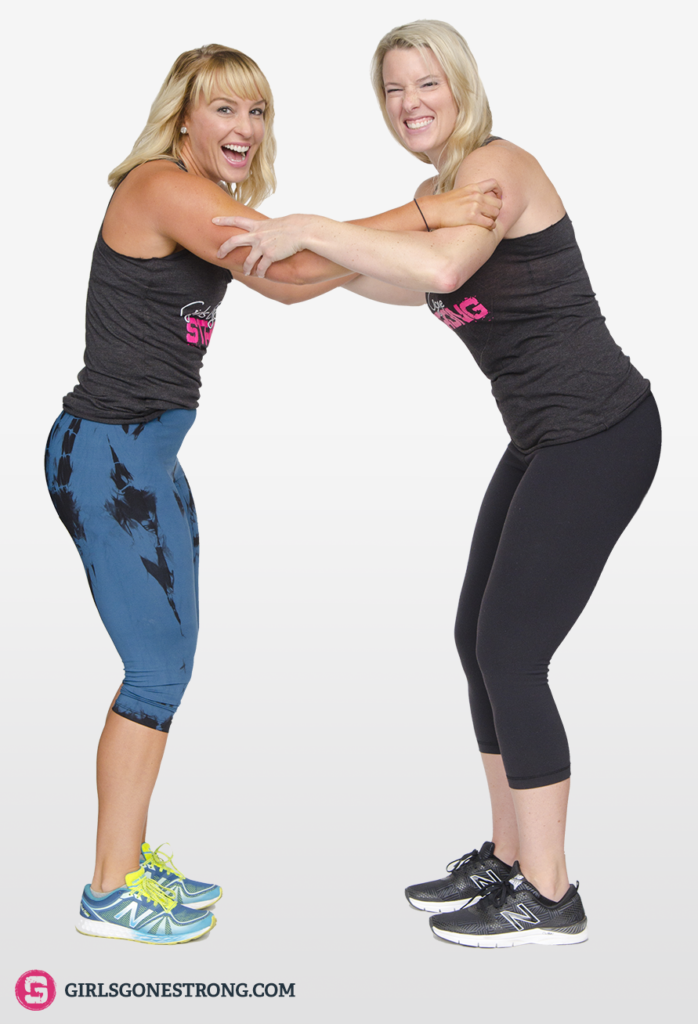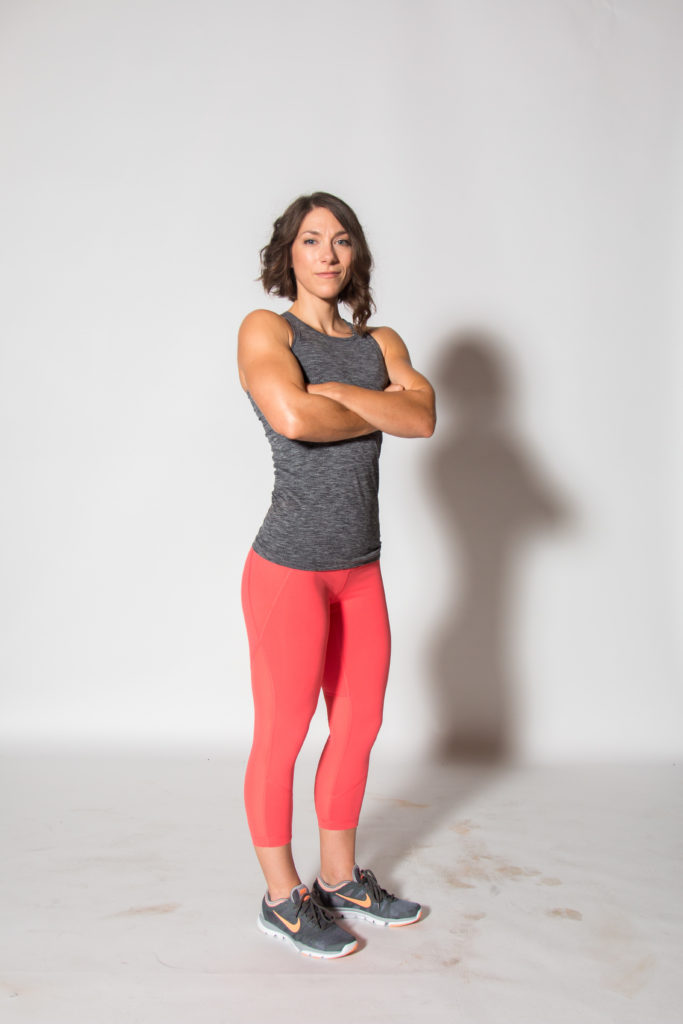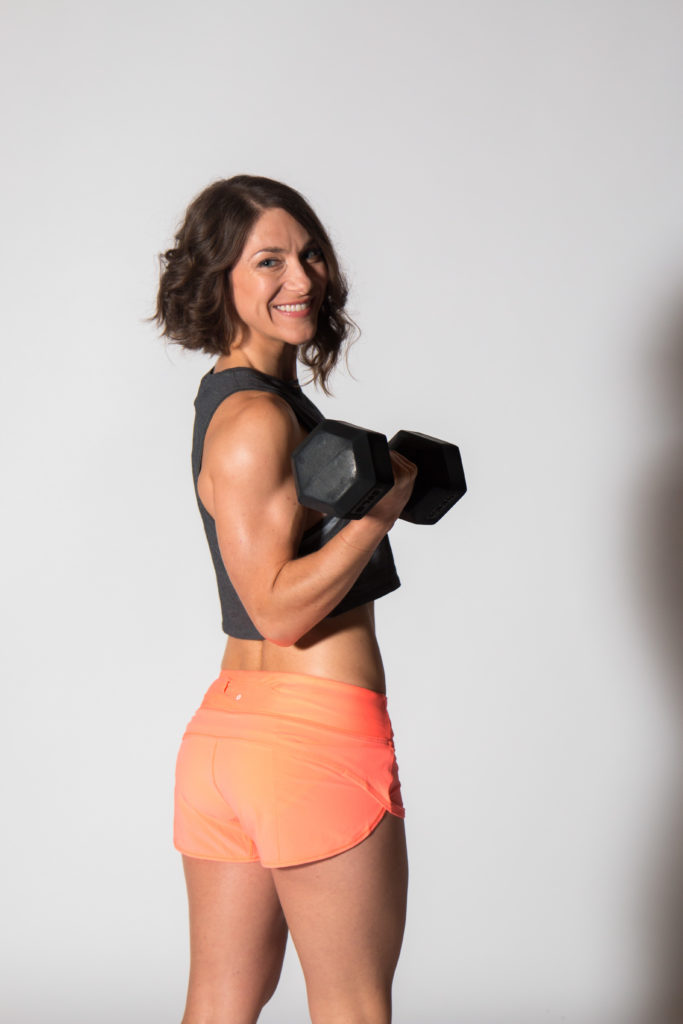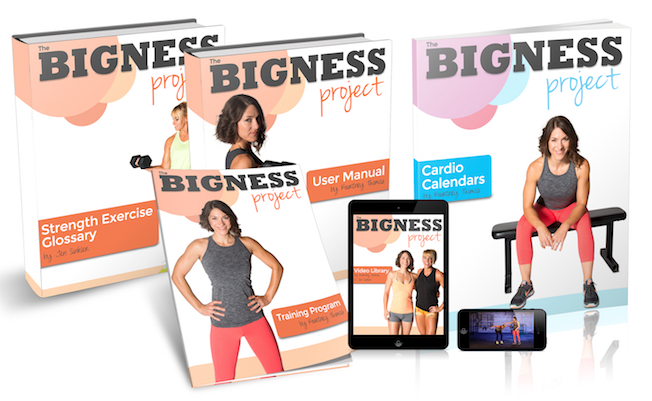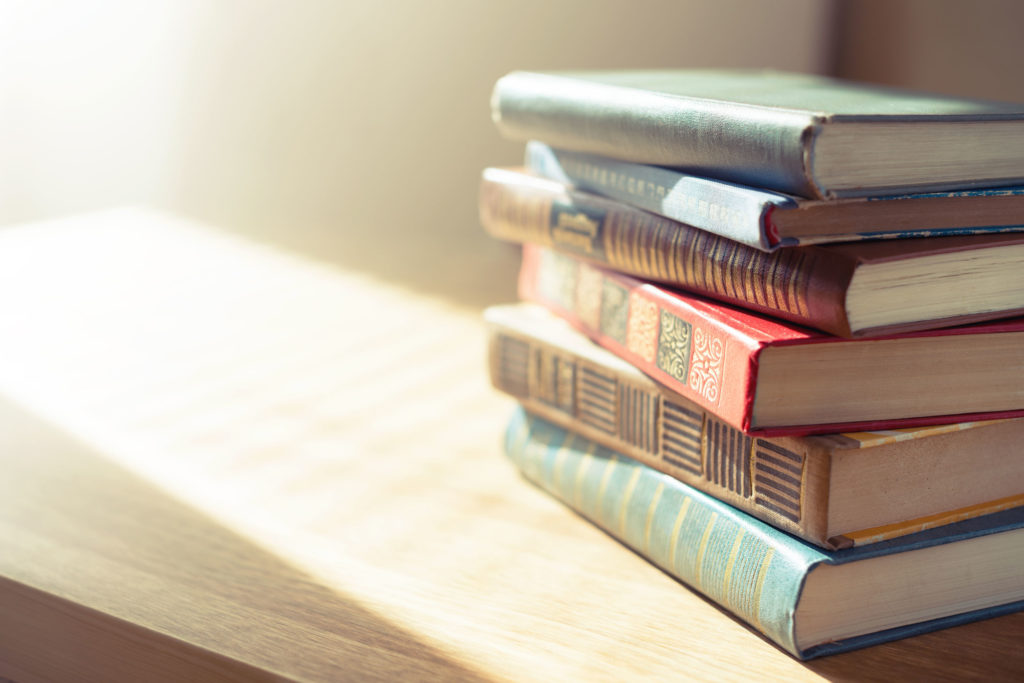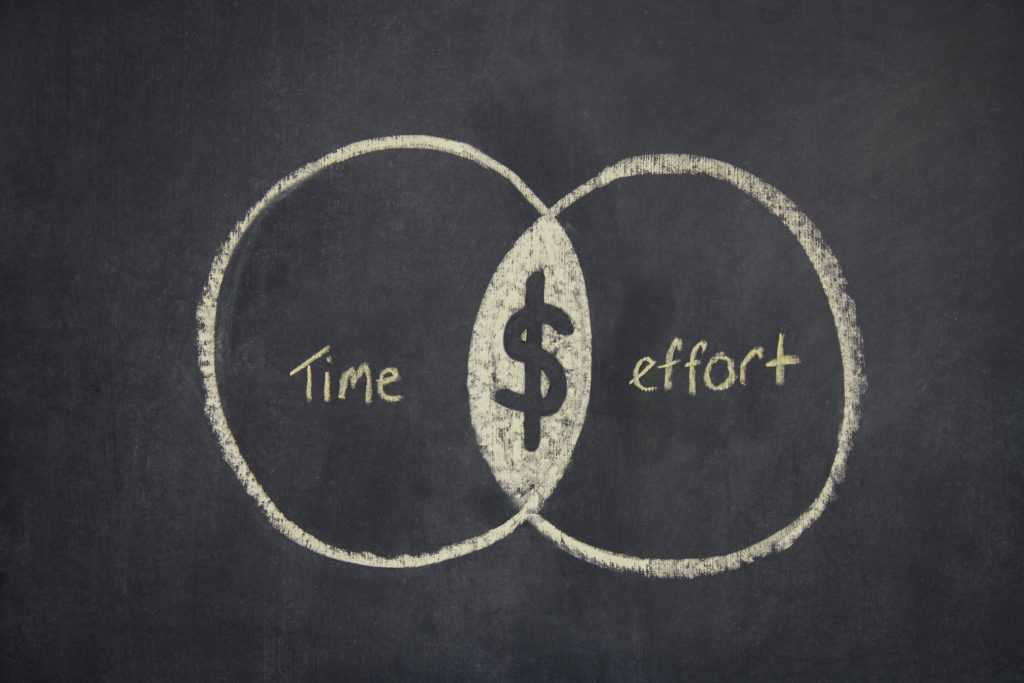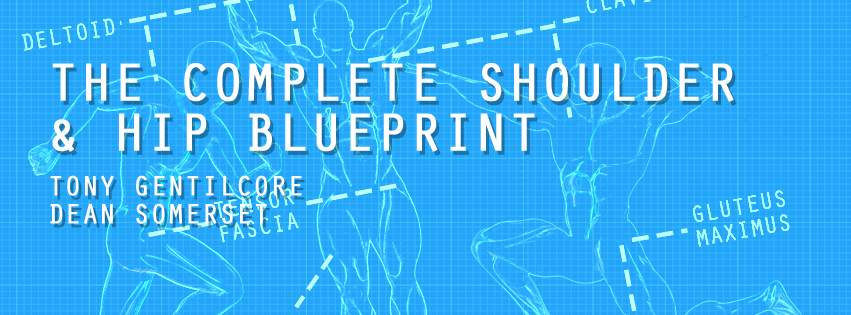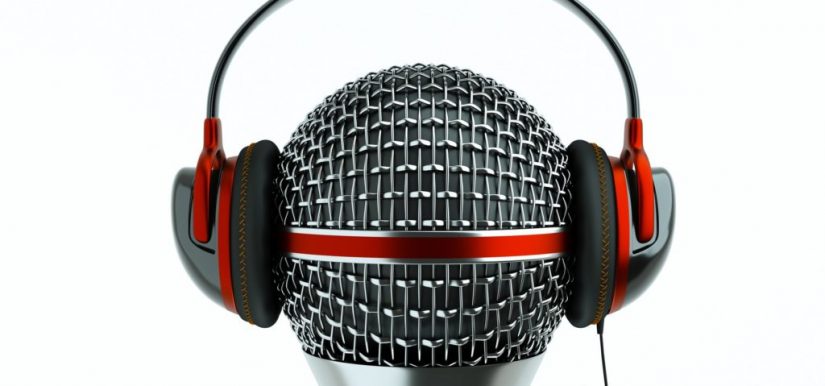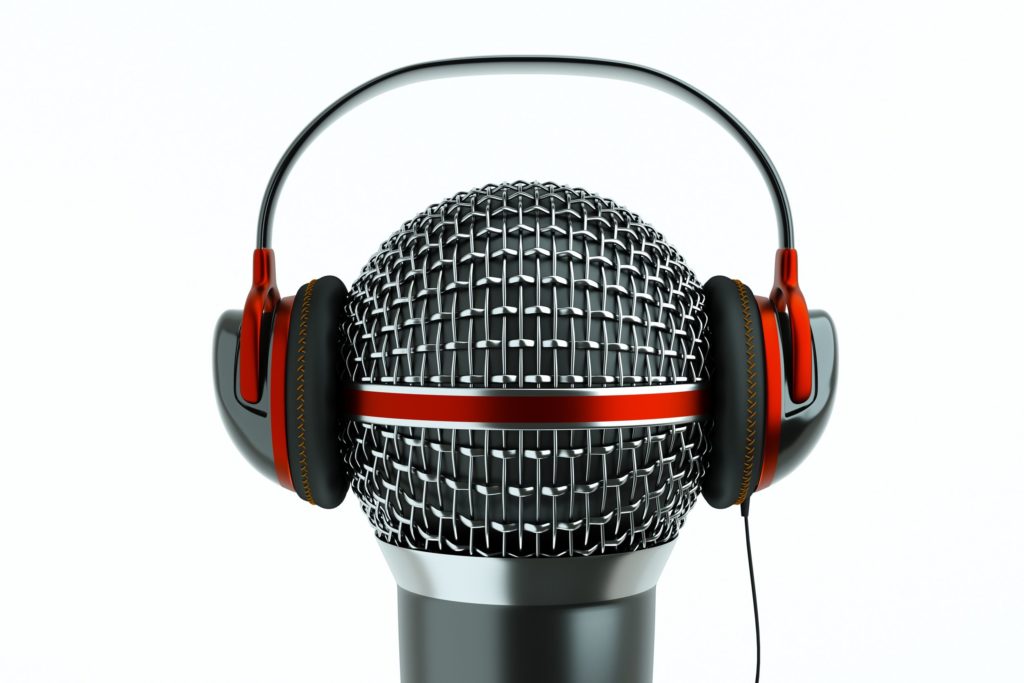Soooo, I’m a dad now. Lisa was a CHAMP all throughout, and I’m confident we’ll be heading home today from the hospital. As a heads up, you can expect just as many pics of my kid as my cat…;o)
I’m still a little busy, so please enjoy today’s guest post from strength coach Erica Suter.
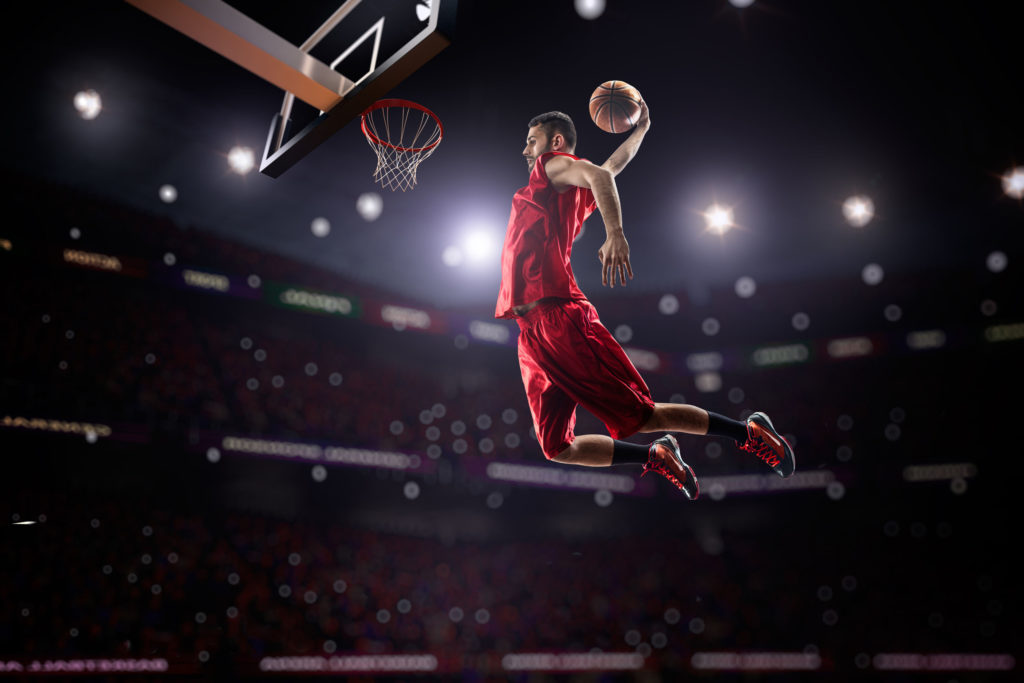
What Sport Specific Training Really Means
Every time I write an article, I may sound like I want to chop everyone’s balls off.
Truthfully, I get fired up with certain themes in the strength and conditioning world, making my prose honest, raw, and at times, harsh. My article on fitness celebrities, for example, was one of those topics I approached with fervor and sass.
Today’s topic is no different. So let’s dive in:
Sport Specific Training
For the past 5 years, I’ve been lucky to work in both the strength and conditioning, and skills-based realms of performance enhancement. I’m a Certified Strength and Conditioning Specialist who helps athletes get strong, but I’m also a licensed USSF soccer coach who teaches technical soccer skills. I keep my CSCS side separate from my technical side. I’m either in the weight room blasting Skrillex, or out on the soccer field working on my tan:
Knowing both worlds certainly makes me aware of the distinction between strength and skill work.
But alas, confusion still arises. Especially amongst parents, I get questions like:
“So do you do sport specific training for soccer players?”
“Can you get Little Johnny to have a stronger throw-in with medicine ball work?”
“Can you do female soccer specific ACL injury prevention?”
Full disclosure: Getting kidnapped by orcs from the Lord of the Rings sounds way cooler than explaining sport specific training to parents.
Note From TG: Hahahahahahahahaha. That was good. I’m stealing it.
I do, however, want to play the part of the understanding strength-skills coach and share some knowledge on this topic. Here goes nothing.
What Is Sport Specific?
Sport specific has been sensationalized in the strength and conditioning industry as a method of training that mimics a specific skill of one’s sport in the weight room. Often, strength coaches are pressured to train sport specific, especially because they have access to a plethora of fancy gadgets and gizmos.
However. Advanced equipment can be more problematic than effective.
We do not have to kick a heavy medicine ball to build a stronger soccer shot. Nor do we need to tie a golf club to resistance bands to generate a more powerful swing. We do not need a baseball attached to a sling shot to improve pitching speed. And we do not need to strap a spontaneously combusting jetpack to a track athlete to get them to sprint faster. Sorry if that was extreme.
Put simply, the more flashy tools we add, the quicker faulty motor patterns arise and skills-based mechanics go down the drain. Not to mention, an athlete will not be able to perform a skill based movement through it’s full range of motion. This can lead to decreased skills performance, weakened neuromuscular firing, less power output, and increased chance of injury. I get it: cool equipment makes parents “oooh” and “ahhh” and makes strength coaches look like magical fairies that shit sparkles.
Alas, I digress.
Some things to consider:
– Practicing a sport with a weighted vest doesn’t allow for pristine sprinting mechanics.
– Performing soccer 1 v. 1 moves with a resisted harness does not allow players to explode with the ball at maximal speed to beat a defender.
– And running sprints with a Bane Mask while holding a football and wearing your helmet and pads is well… stupid.

Two Different Jobs
The strength coach’s role is to get athletes stronger and less prone to injury through proper strength, power, and energy systems training.
In the other corner, the skills and team coaches help with improving the soccer kick, the bat swing, the golf swing, the hockey shot, and the tennis serve. It is not the strength coach’s job to bring the court, field, or ice rink into the weight room and duplicate these actions with loaded contraptions. That is why we have distinguished differences between Certified Strength and Conditioning Specialists and licensed sports coaches.
Expertise exists in the dictionary for a reason.
ex·per·tise
ˌekspərˈtēz,ˌekspərˈtēs/
noun
synonyms: skill, skillfulness, expertness, prowess, proficiency, competence; More
Strength Training Carry-over to Sport
Strength coaches don’t mimic skills in the weight room. Rather, they mimic movement patterns that will enhance a skill.
As an example:
Skill: Shooting a soccer ball
Movement patterns: hip extension, hip flexion, core stability, hip stability, ankle stability, plantarflexion, transfer of force through the trunk.
Planes of motions: frontal (plant foot and hip stability), saggital (kicking leg), transverse (transfer of force through core and hips for shot accuracy).
Weight Room “Sport specific” exercises: Dead lifts, hip thrusts, single leg hip bridges, plank progressions, psoas activation, lateral step ups, medicine ball rotational slam, single leg bridge variations, to name a few.
Single Leg Bridge Progression:
Lateral Step Up:
Psoas/Core Activation:
What we do in the weight room is already “sport specific” to some degree, as strength coaches provide athletes the fuel that is needed to powerfully and deliberately execute skill-based movements.
But if we reallyyyyyyyy want to be sport specific, then the athlete must PLAY MORE OF THEIR SPORT.
Going to drop the mic right there. Thanks.
About the Author
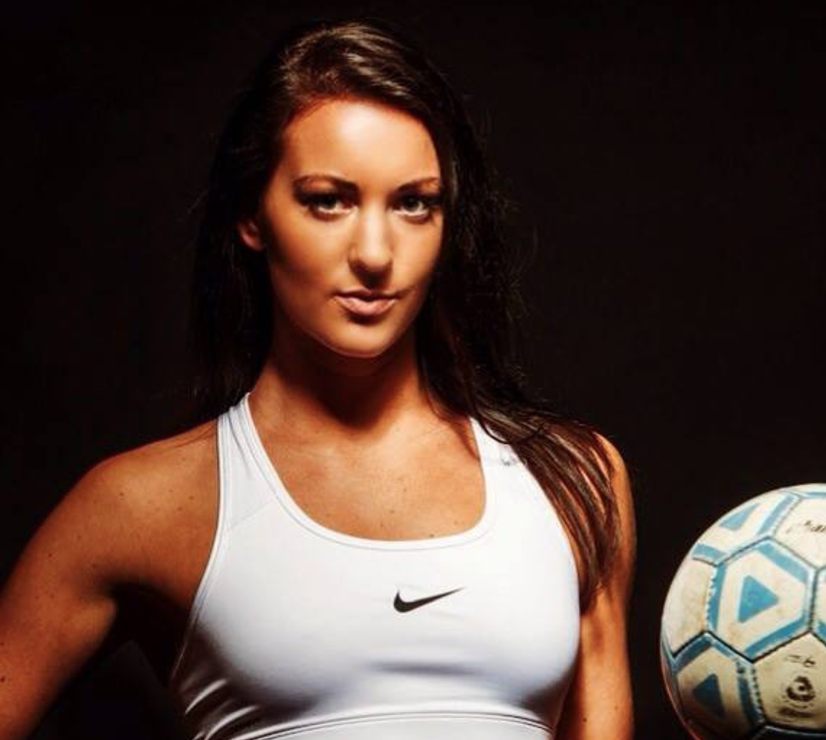 Erica Suter is a certified strength and conditioning coach, soccer trainer, and fitness blogger who has worked with athletes and non-athletes for over 5 years. She is currently a strength coach at JDyer Strength and Conditioning, and also runs her own technical soccer training business in Baltimore, MD. Her interests include writing, snowboarding, and reciting Lord of the Rings quotes to her athletes and clients.
Erica Suter is a certified strength and conditioning coach, soccer trainer, and fitness blogger who has worked with athletes and non-athletes for over 5 years. She is currently a strength coach at JDyer Strength and Conditioning, and also runs her own technical soccer training business in Baltimore, MD. Her interests include writing, snowboarding, and reciting Lord of the Rings quotes to her athletes and clients.
